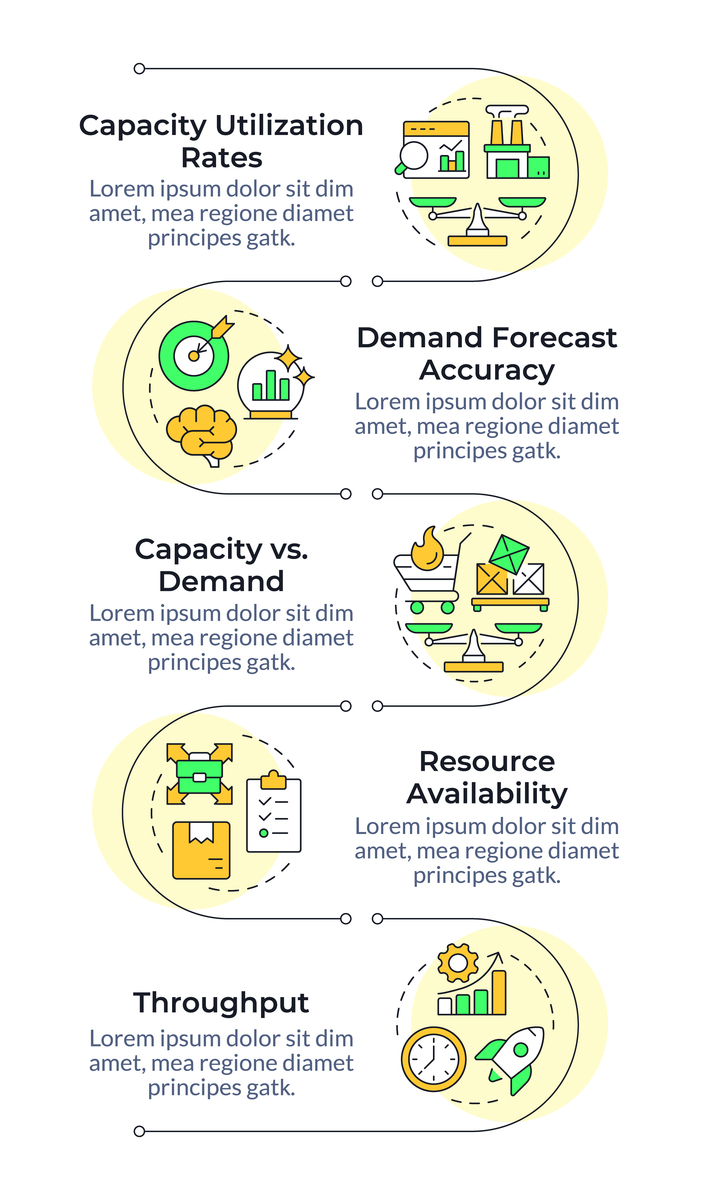Understanding Quasar Outflow Properties Through Absorption Line Variability: TM vs. IC Scenarios
Variability in absorption lines, particularly broad absorption lines (BALs), is a crucial factor in understanding the properties of outflows in quasars. However, the exact cause of absorption line variability is still unclear. Two mechanisms are currently favored: gas clouds moving across the line of sight (TM scenario) and changes in ionizing flux (IC scenario). Although there is no consensus on which mechanism is dominant, recent studies have found evidence supporting the TM model (Capellupo et al. 2017; Moravec et al. 2017; McGraw et al. 2018). Alternatively, attempts have been made to identify the leading mechanism of BAL variability by analyzing the relationship between the variation of BALs and that of the continuum/emission. Anti-correlations between the fractional variations of the continuum and absorption line have been found for several BAL (Lu et al. 2018; Lu & Lin 2018a; Vivek 2019) and NAL (Lu et al. 2017; Chen et al. 2018a,b) quasar samples, which support the IC scenario.

原文地址: https://www.cveoy.top/t/topic/ottT 著作权归作者所有。请勿转载和采集!